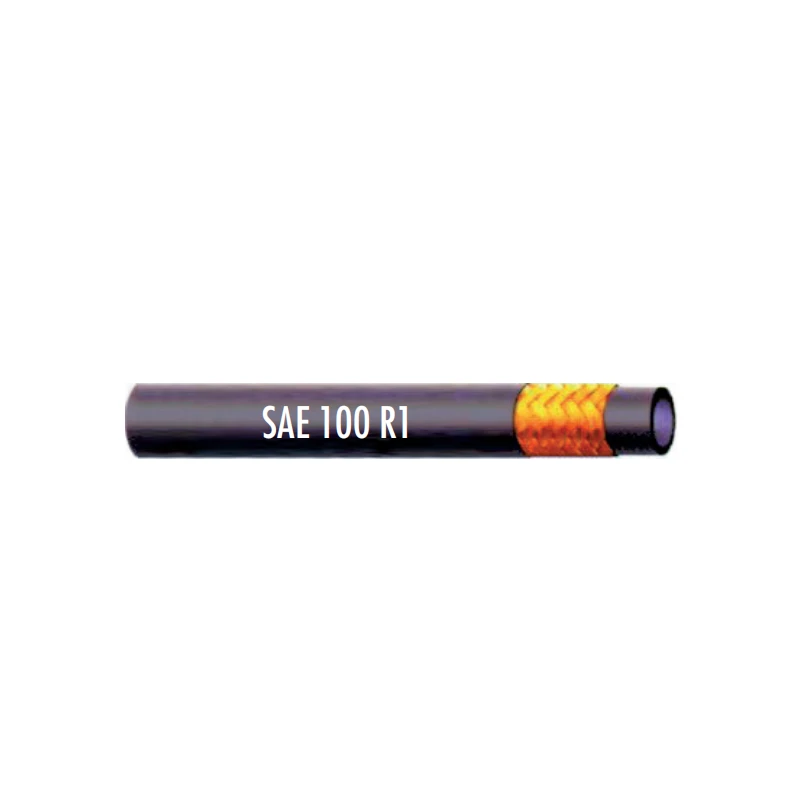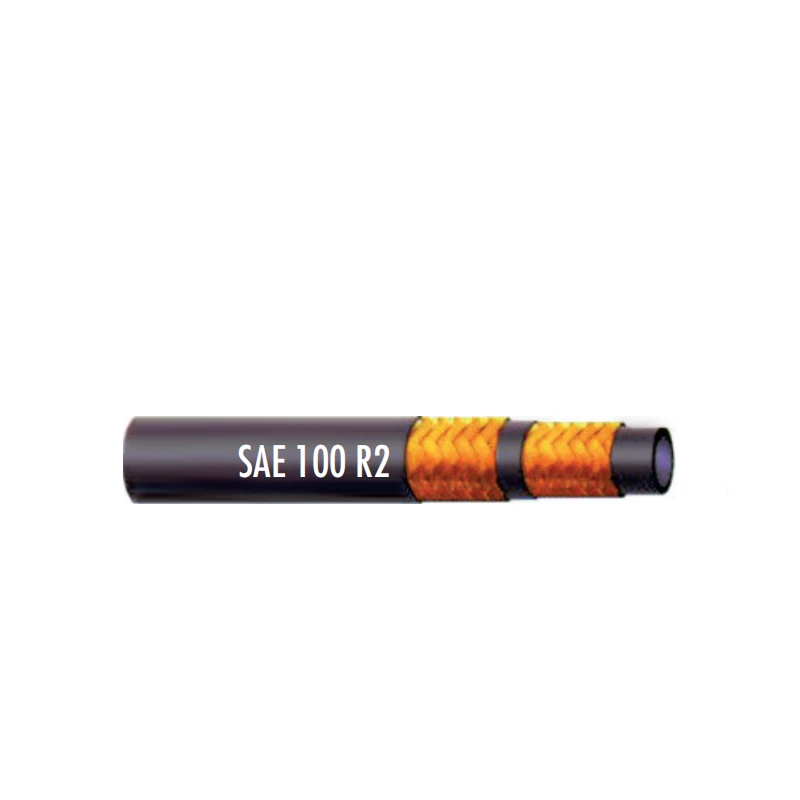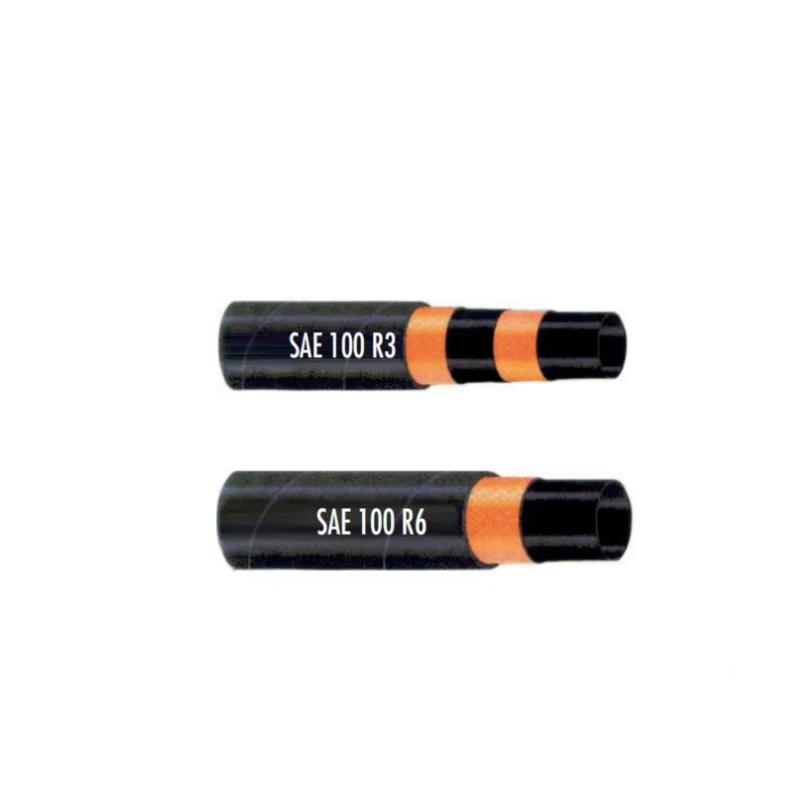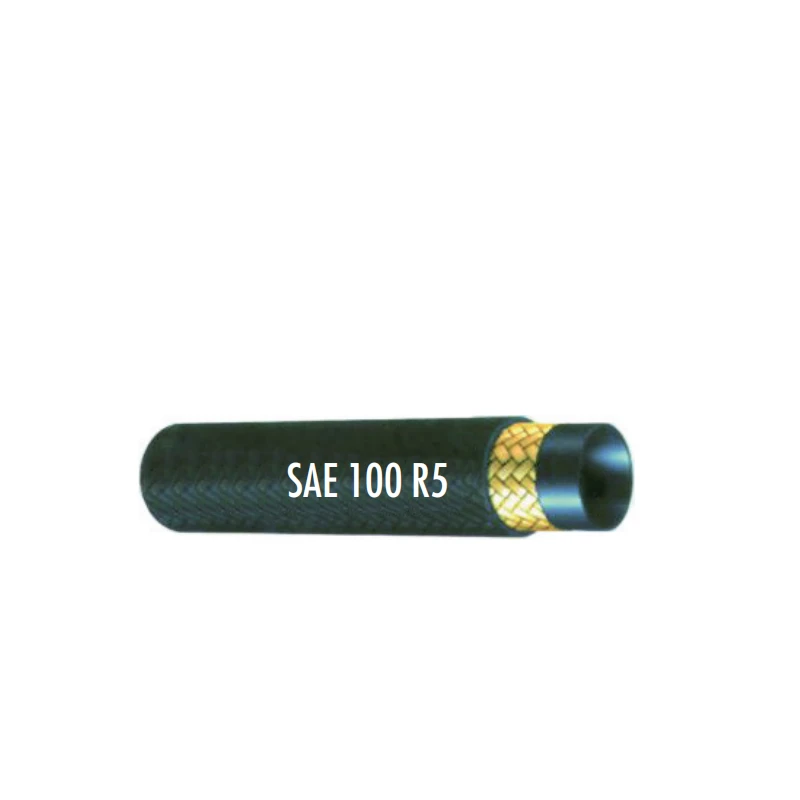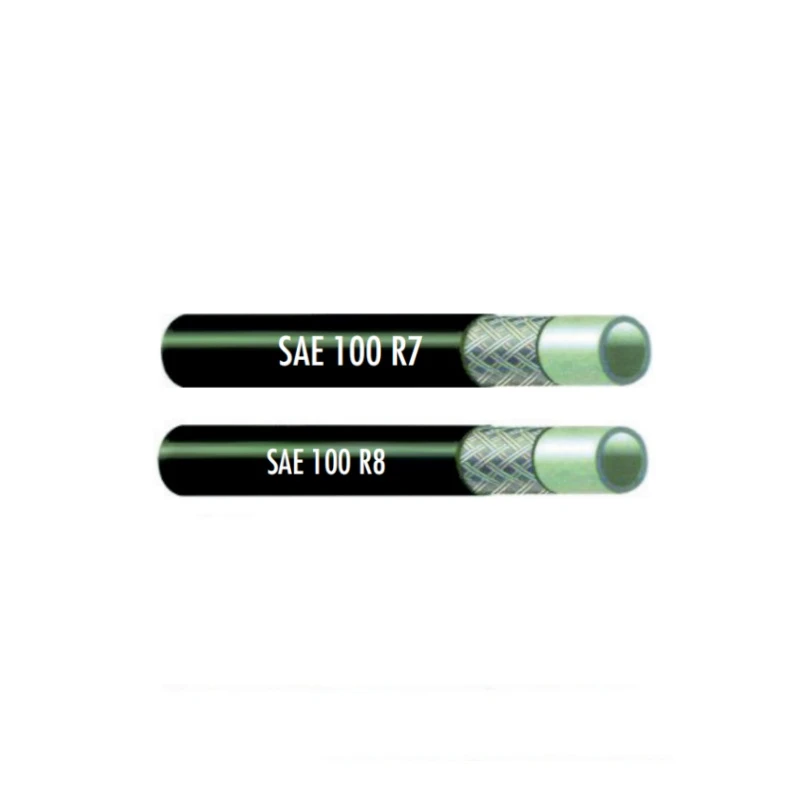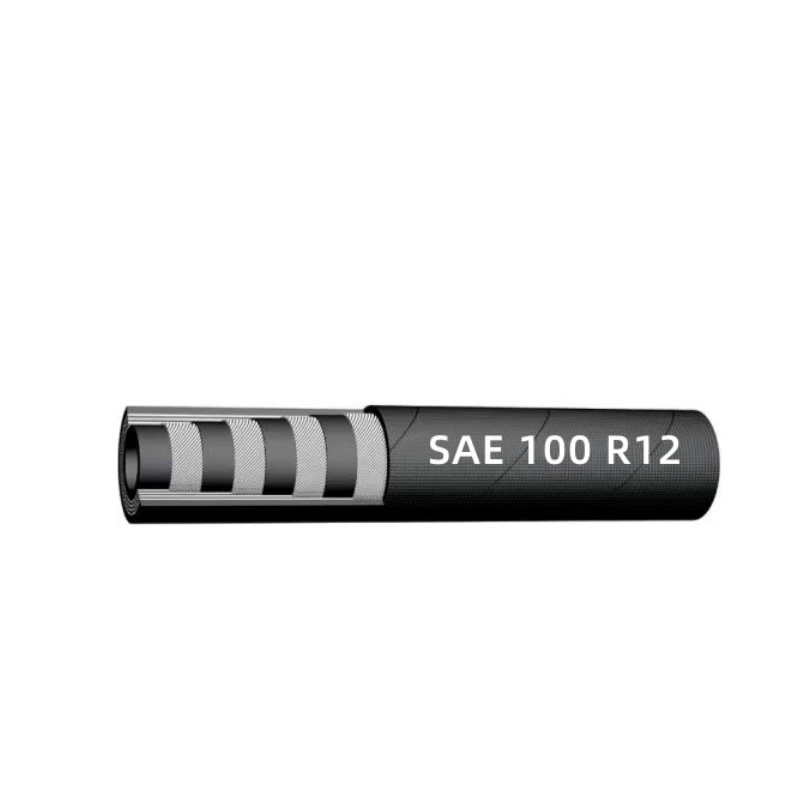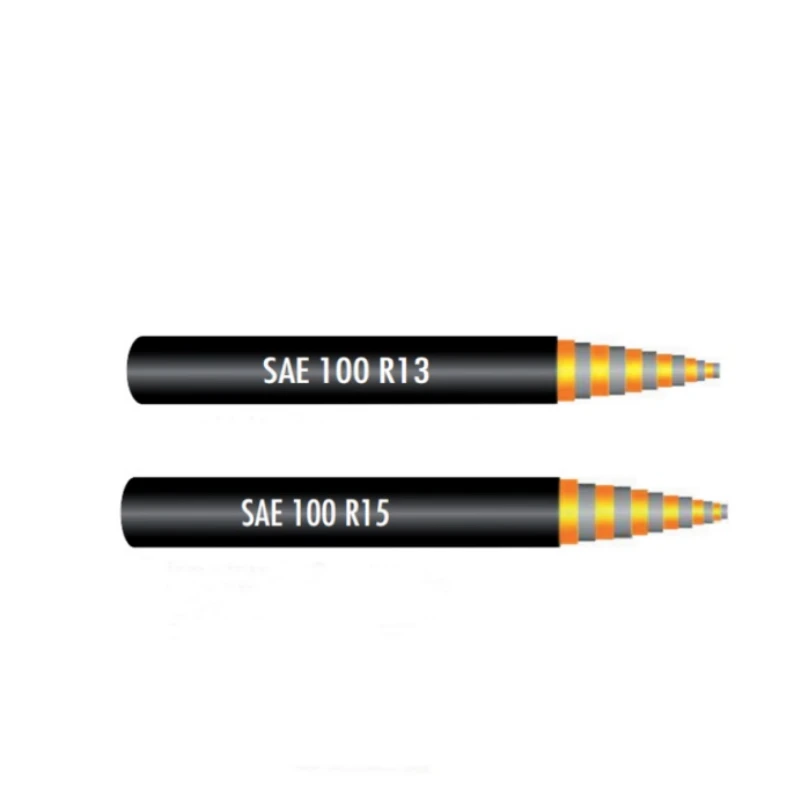
5 月 . 29, 2025 22:43 Back to list
Durable Rubber Air Compressor Hose High-Pressure, Flexible & Kink-Resistant
- Industry Overview & Key Features of Rubber Air Compressor Hoses
- Technical Specifications: Pressure Ratings & Material Science
- Top 5 Manufacturer Comparison (2024 Market Data)
- Customization Strategies for Industrial Applications
- Performance Metrics: Durability vs. Synthetic Alternatives
- Installation Best Practices & Maintenance Protocols
- Future Trends in Rubber Air Hose Technology
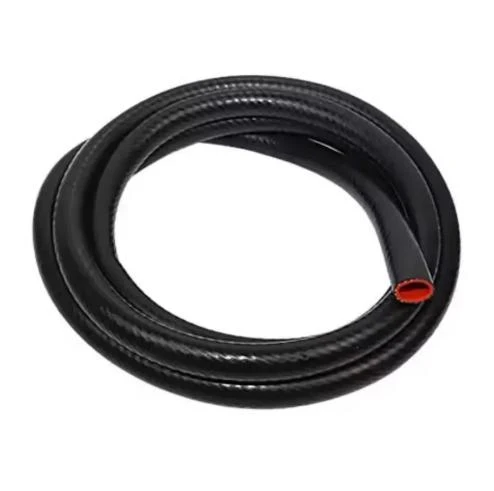
(rubber air compressor hose)
Why Rubber Air Compressor Hoses Dominate Industrial Applications
Rubber air compressor hoses maintain 78% market share in heavy-duty pneumatic systems, outperforming PVC and polyurethane alternatives. Their layered reinforcement design withstands 300-450 PSI burst pressures while maintaining 35% greater flexibility than thermoplastic counterparts. Major manufacturers like Gates and Parker Hannifin report 18% annual growth in rubber hose demand, driven by manufacturing and construction sectors.
Technical Specifications: Pressure Ratings & Material Science
Premium rubber compounds blend nitrile and EPDM materials for optimal performance:
- Temperature range: -40°F to 212°F (-40°C to 100°C)
- Minimum bend radius: 5x hose diameter
- Abrasion resistance: 500+ hours in ASTM D380 testing
Four-layer spiral reinforcement increases tensile strength by 62% compared to standard two-ply designs. SAE J517 standards ensure compatibility with all major air compressor fittings.
Top 5 Manufacturer Comparison (2024 Market Data)
| Brand | Pressure Rating | Temp Range | Warranty | Price/Foot |
|---|---|---|---|---|
| Gates 787H | 450 PSI | -50°F to 225°F | 5 years | $8.90 |
| Parker 836RS | 400 PSI | -40°F to 210°F | 7 years | $9.75 |
| Continental 7700 | 380 PSI | -30°F to 200°F | 3 years | $7.20 |
Customization Strategies for Industrial Applications
Leading suppliers now offer application-specific configurations:
- Oil-resistant variants for automotive shops (30% thicker inner lining)
- Static-dissipative models for powder coating systems
- High-visibility orange sheathing for construction sites
Custom length options (1-100 ft) reduce material waste by 22% compared to standard pre-cut hoses.
Performance Metrics: Durability vs. Synthetic Alternatives
Field tests show rubber hoses deliver:
- 18-month average service life vs. 9 months for PVC
- 42% lower failure rate in high-vibration environments
- 3:1 cost-benefit ratio over 5-year usage cycles
Installation Best Practices & Maintenance Protocols
Proper handling extends hose lifespan by 40%:
- Use swivel fittings to prevent kinking
- Maintain 3/8" minimum clearance from heat sources
- Conduct monthly pressure drop tests
Storage recommendations include coiling diameters exceeding 18" to prevent material memory.
Future Trends in Rubber Air Hose Technology
Emerging smart hose designs integrate:
- Embedded pressure sensors (±2 PSI accuracy)
- Self-healing outer layers for minor abrasions
- RFID tags for maintenance tracking
Market projections indicate 14% CAGR through 2029, with hybrid rubber-silicone compounds expected to capture 35% of the industrial air compressor hose segment.

(rubber air compressor hose)
FAQS on rubber air compressor hose
Q: What are the advantages of using a rubber air compressor hose?
A: Rubber hoses offer superior flexibility, abrasion resistance, and durability compared to PVC alternatives, making them ideal for heavy-duty applications and high-pressure environments.
Q: How do I choose the right air compressor air hose diameter?
A: Select based on your tool's CFM requirements and operating pressure – 1/4" ID suits light tasks, while 3/8" or 1/2" ID rubber hoses handle industrial-grade equipment better.
Q: Can a rubber air hose for compressor withstand extreme temperatures?
A: Yes, quality rubber hoses typically operate in -40°F to 212°F ranges, maintaining flexibility in cold conditions and resisting heat degradation during prolonged use.
Q: Why does my air compressor hose rubber surface crack over time?
A: Exposure to UV rays, ozone, or chemical contaminants accelerates rubber degradation. Store coiled in shaded areas and use protective covers for extended lifespan.
Q: How often should I replace my rubber air compressor hose?
A: Inspect monthly for abrasions or bulges. Replace every 2-5 years depending on usage frequency, or immediately if air leaks or reduced pressure occur.
Latest News
Steel Wire Reinforced Hydraulic Hose SAE 100 R1 / EN853 1SN S
NewsOct.17,2024
Two Layers Steel Wire Reinforced Hydraulic Hose SAE 100 R2 / EN853 2SN
NewsSep.03,2024
Textile Braid Reinforced Hydraulic Hose SAE100 R3+R6
NewsSep.03,2024
Textile Reinforced Hydraulic oil Suction Hose with embedded Steel Wire SAE 100 R4
NewsSep.03,2024
Single Wire Braid and Textile Covered Hydraulic Hose SAE 100 R5
NewsSep.03,2024
High Pressure Thermoplastic Hydraulic Hose SAE 100 R7 / EN855 R7 - SAE 100 R8 / EN855 R8
NewsSep.03,2024
Heavy Duty Four-layer Steel Wire Spiral Reinforced Hydraulic Hose SAE100R9+R10+R12
NewsSep.03,2024
Heavy Duty Multi-layer Steel Wire Reinforced Hydraulic Hose SAE100R13 SAE100R15
NewsSep.03,2024
Latest Products

